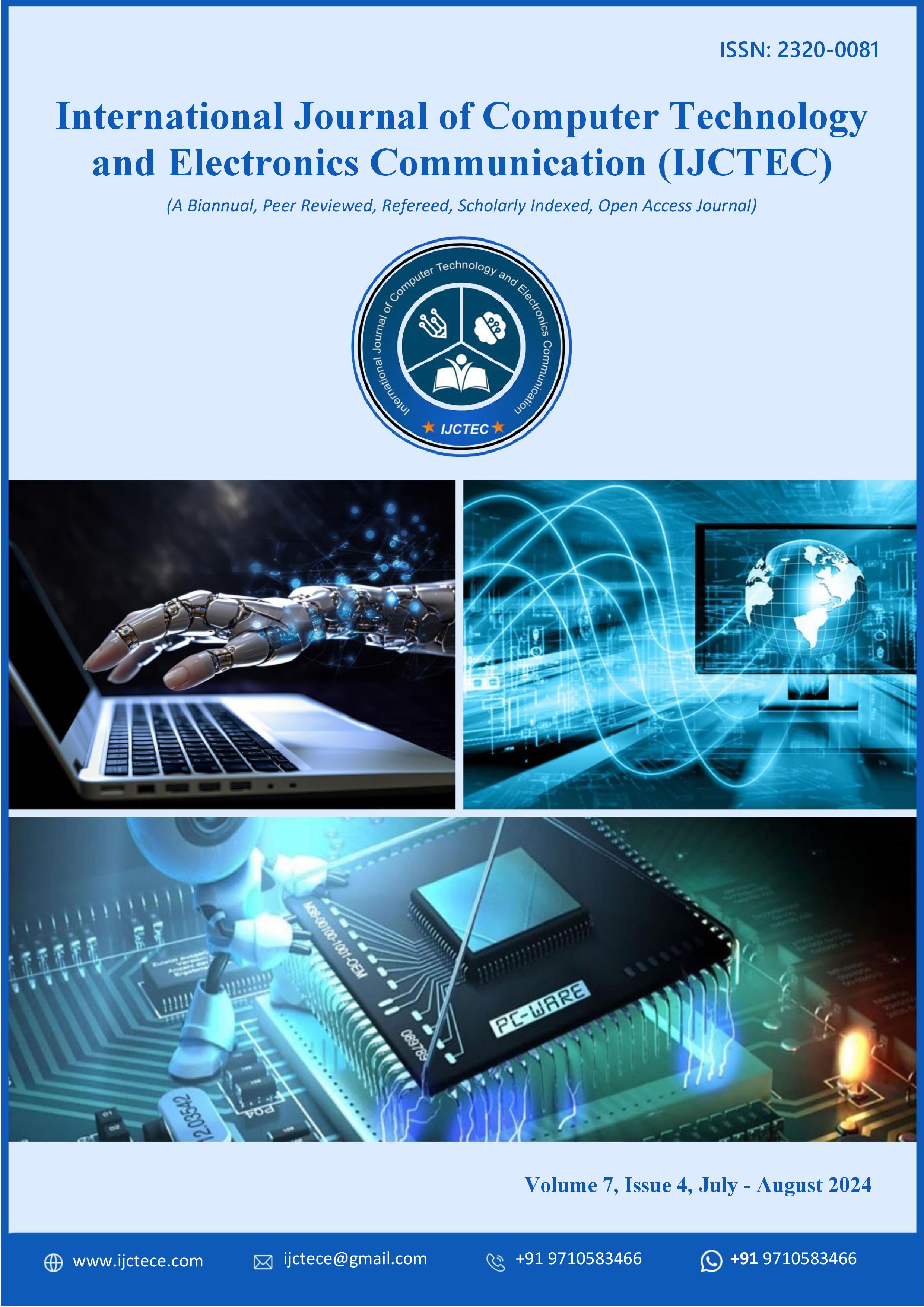Designing Energy-Efficient Machine Learning Models in Python for Green AI
DOI:
https://doi.org/10.15680/IJCTECE.2024.0704001Keywords:
Green AI, Lightweight Models, Energy-Efficient Machine Learning, Python for AI, Model Pruning, Knowledge Distillation, Efficient Neural Networks, Sustainability in AI, Energy Consumption OptimizationAbstract
With the increasing demand for machine learning (ML) applications across various industries, the environmental impact of training large models has become a significant concern. Green AI emphasizes the development of machine learning models that are energy-efficient, requiring fewer computational resources while maintaining high performance. This paper explores how lightweight machine learning models, implemented with Python, can contribute to Green AI practices. We review several approaches for designing compact models, including model pruning, knowledge distillation, and efficient architectures such as decision trees, linear models, and lightweight neural networks. By adopting these techniques, organizations can reduce the carbon footprint of AI systems without compromising accuracy. Through practical examples, we demonstrate how Python libraries and tools can facilitate the creation of lightweight models in an energy-efficient manner.
References
1. Han, S., Mao, H., & Dally, W. J. (2015). Learning both weights and connections for efficient neural network. Proceedings of NeurIPS.
2. Sugumar R (2014) A technique to stock market prediction using fuzzy clustering and artificial neural networks. Comput Inform 33:992–1024
3. Dhruvitkumar, V. T. (2021). Scalable AI and data processing strategies for hybrid cloud environments.
4. Thirunagalingam, A. (2023). Improving Automated Data Annotation with Self-Supervised Learning: A Pathway to Robust AI Models Vol. 7, No. 7,(2023) ITAI. International Transactions in Artificial Intelligence, 7(7)
5. Hinton, G., Vinyals, O., & Dean, J. (2015). Distilling the Knowledge in a Neural Network. arXiv preprint arXiv:1503.02531.
6. Howard, A. G., et al. (2017). MobileNets: Efficient Convolutional Neural Networks for Mobile Vision Applications. arXiv preprint arXiv:1704.04861.
7. Raja, G. V. (2021). Mining Customer Sentiments from Financial Feedback and Reviews using Data Mining Algorithms.
8. Prasad, G. L. V., Nalini, T., & Sugumar, R. (2018). Mobility aware MAC protocol for providing energy efficiency and stability in mobile WSN. International Journal of Networking and Virtual Organisations, 18(3), 183-195.
9. Strubell, E., Ganesh, A., & McCallum, A. (2019). Energy and policy considerations for deep learning in NLP. Proceedings of ACL.


